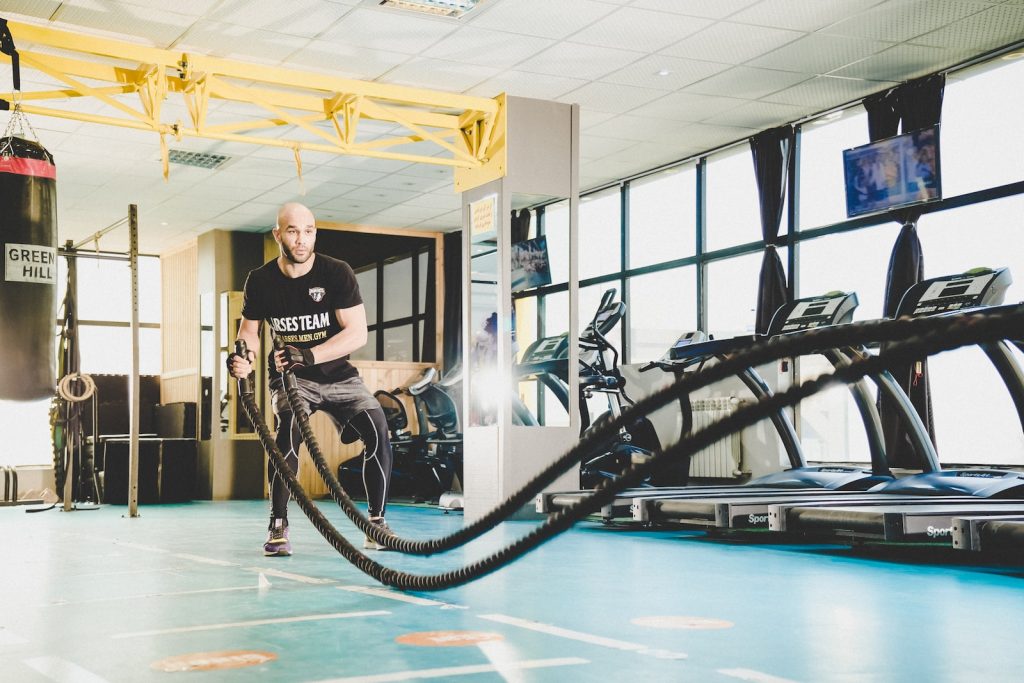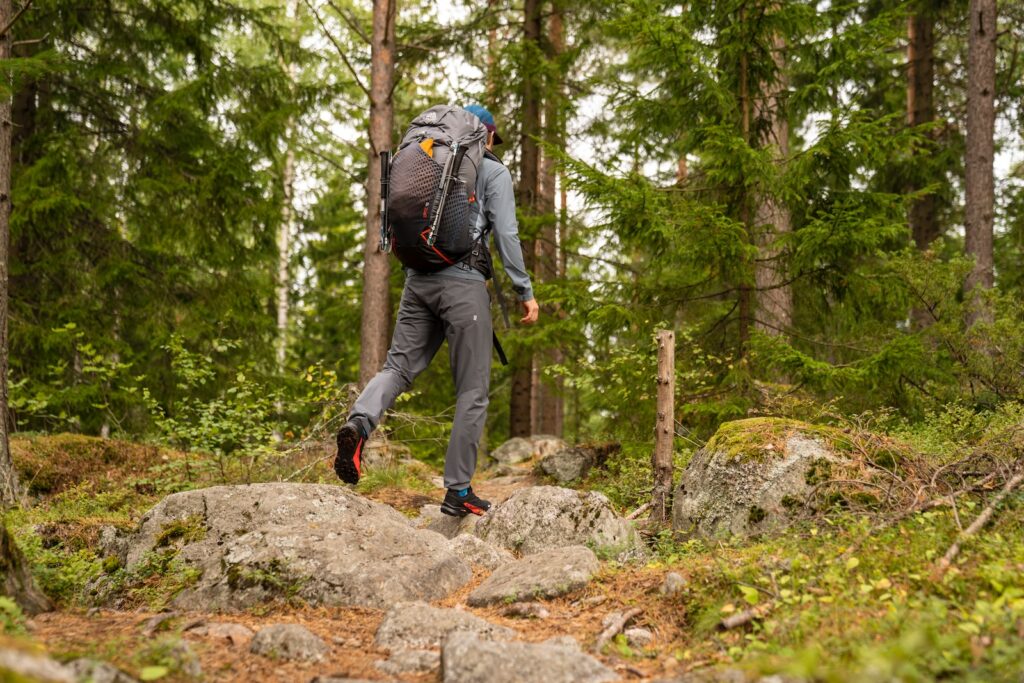

Hiking and Cross-Training: Finding the Right Balance
Are you torn between your love for hiking and the need to cross-train? Finding the right balance between these two activities can be a challenge, but it’s not impossible. In this article, we’ll explore how you can incorporate both hiking and cross-training into your fitness routine to optimize your overall performance and enjoyment.
Hiking offers a multitude of physical and mental benefits. It’s a fantastic way to immerse yourself in nature, enjoy breathtaking views, and strengthen your cardiovascular system. On the other hand, cross-training focuses on building strength, agility, and endurance through a combination of exercises like weightlifting, cycling, and swimming.
To strike the perfect balance, it’s important to understand the benefits and limitations of both activities. By incorporating cross-training into your routine, you can target specific muscle groups that may not be fully engaged during hiking. Additionally, cross-training can help prevent overuse injuries and improve overall performance on the trail.
- The Importance of Balance in Hiking and Cross-Training
- Benefits of Cross-Training for Hiking
- Different Types of Cross-Training Exercises for Hikers
- How to Incorporate Cross-Training into Your Hiking Routine?
- Tips for Finding the Right Balance Between Hiking and Cross-Training
- Importance of Rest and Recovery in a Balanced Hiking and Cross-Training Routine
- Tracking Progress and Adjusting Your Routine for Optimal Balance
- Conclusion: Achieving the Perfect Balance for Your Hiking and Cross-Training Journey
The Importance of Balance in Hiking and Cross-Training

Finding the right balance between hiking and cross-training is crucial for maximizing your fitness journey. While hiking can provide an excellent cardiovascular workout and strengthen your lower body, it may neglect certain muscle groups and fail to address other aspects of fitness such as strength and agility. This is where cross-training comes in.
By incorporating cross-training exercises into your routine, you can target those neglected muscle groups, improve overall strength and endurance, and reduce the risk of injury. Striking a balance between hiking and cross-training allows you to reap the benefits of both activities and enhance your overall performance.
Benefits of Cross-Training for Hiking
Cross-training offers numerous benefits for hikers. First and foremost, it helps build overall strength, which is essential for tackling challenging terrains and carrying heavy backpacks. By incorporating exercises that target your upper body, core, and legs, you can develop the necessary strength to conquer any hiking trail.
Furthermore, cross-training improves agility and balance, which are crucial for navigating uneven surfaces and tricky obstacles. By engaging in activities like yoga, Pilates, or balance training exercises, you can enhance your stability and minimize the risk of falls or injuries during your hikes.
Lastly, cross-training aids in injury prevention. Hiking can put repetitive strain on certain muscles and joints, leading to overuse injuries. By incorporating exercises that strengthen supporting muscles and improve flexibility, you can reduce the risk of common hiking injuries such as sprains or strains.
Different Types of Cross-Training Exercises for Hikers
When it comes to cross-training for hiking, the options are endless. The key is to choose activities that complement and enhance your hiking performance. Here are a few cross-training exercises that are particularly beneficial for hikers:
Weightlifting
Weightlifting is an excellent way to build overall strength and increase muscle mass. Focus on compound exercises such as squats, deadlifts, and bench presses, as they target multiple muscle groups simultaneously. Don’t forget to include exercises that specifically target your upper body, such as shoulder presses and rows, to improve your ability to carry a backpack comfortably.
Cycling
Cycling is a low-impact exercise that provides a great cardiovascular workout while strengthening your lower body muscles. Whether you prefer outdoor cycling or indoor spinning classes, incorporating cycling into your routine can help increase endurance and improve your leg strength for those uphill hikes.
Swimming
Swimming is a full-body workout that engages all major muscle groups while being gentle on the joints. It improves cardiovascular fitness, strengthens your core, and enhances your upper body strength. Consider incorporating swimming into your routine to improve overall endurance and develop a lean and toned physique.
Yoga and Pilates
Yoga and Pilates focus on flexibility, balance, and core strength. These activities can help improve posture, increase stability, and prevent muscle imbalances. Additionally, they provide mental benefits such as reduced stress and increased mindfulness, which can enhance your overall hiking experience.
How to Incorporate Cross-Training into Your Hiking Routine?

Now that you have a better understanding of the benefits of cross-training for hiking, let’s explore how you can seamlessly incorporate it into your hiking routine. Here are some practical tips to help you strike the right balance:
Plan your schedule wisely
Allocate specific days or time slots for hiking and cross-training. Consider your fitness level, goals, and availability when creating your schedule. Aim for a mix of hiking and cross-training sessions throughout the week to ensure you’re adequately working all muscle groups and giving your body enough time to recover.
Choose complementary activities
Select cross-training activities that complement hiking and address any weaknesses or imbalances in your fitness. For example, if you struggle with upper body strength, prioritize weightlifting exercises that target your arms, shoulders, and back. If flexibility is an issue, incorporate yoga or Pilates to improve your range of motion.
Gradually increase intensity
When incorporating cross-training into your routine, start slowly and gradually increase the intensity and duration of your workouts. This will allow your body to adapt and prevent overuse injuries. Listen to your body and make adjustments as needed to avoid pushing yourself too hard.
Be mindful of recovery
Rest and recovery are just as important as training itself. Make sure to incorporate rest days into your schedule to allow your body to repair and rebuild. Additionally, prioritize proper nutrition, hydration, and quality sleep to optimize your recovery and performance.
Tips for Finding the Right Balance Between Hiking and Cross-Training
Finding the right balance between hiking and cross-training is a personal journey that may require some trial and error. Here are some tips to help you along the way:
Set clear goals
Define your goals for both hiking and cross-training. Whether it’s completing a challenging hike or improving your strength and endurance, having clear goals will help you stay motivated and focused. Regularly reassess and adjust your goals as you progress.
Track your progress
Keep a record of your hiking and cross-training activities. This will allow you to track your progress over time and identify areas that may need improvement. Tracking your workouts can also help you stay accountable and celebrate your achievements along the way.
Listen to your body
Pay attention to how your body feels during and after each activity. If you experience persistent pain or discomfort, it’s important to address it and make necessary adjustments to your routine. Remember, finding the right balance means prioritizing your health and well-being.
Stay consistent
Consistency is key when it comes to achieving balance. Make a commitment to yourself and stick to your schedule. Even on days when you may not feel motivated, showing up and putting in the effort will help you stay on track and maintain momentum.
Importance of Rest and Recovery in a Balanced Hiking and Cross-Training Routine
Rest and recovery are crucial components of any balanced fitness routine. When engaging in both hiking and cross-training, it’s important to prioritize rest to allow your body to repair and adapt to the physical demands placed upon it.
Rest days give your muscles time to recover and rebuild, which is essential for muscle growth and preventing overuse injuries. Additionally, rest allows your nervous system to recharge, reduces fatigue, and enhances mental well-being.
Incorporate active recovery activities such as gentle stretching, low-intensity walks, or yoga on rest days to promote blood flow and aid in the recovery process. Remember, recovery is not a sign of weakness but rather an essential part of the training process.
Tracking Progress and Adjusting Your Routine for Optimal Balance
Tracking your progress is essential for maintaining a balanced hiking and cross-training routine. Regularly assess your performance, energy levels, and overall well-being to identify areas that may need adjustment.
Consider using fitness apps or journals to record your workouts, track your hiking performance, and monitor any changes in strength, endurance, or flexibility. This data can help you adjust your routine as needed and ensure you’re progressing towards your goals.
Be open to making changes to your routine based on your progress and feedback from your body. This may involve increasing or decreasing the frequency or intensity of your workouts, modifying exercises, or trying new cross-training activities to keep things fresh and exciting.
Conclusion: Achieving the Perfect Balance for Your Hiking and Cross-Training Journey
Finding the right balance between hiking and cross-training is key to optimizing your fitness journey and enjoying the great outdoors. By incorporating cross-training exercises into your routine, you can target specific muscle groups, improve overall strength and endurance, and reduce the risk of injury on the trail.
Remember to plan your schedule wisely, choose activities that complement hiking, gradually increase intensity, and prioritize rest and recovery. Avoid common mistakes such as neglecting proper form, overtraining, or solely focusing on one activity. Instead, strive for a balanced approach that encompasses both hiking and cross-training.
Stay consistent, listen to your body, set clear goals, track your progress, and be open to adjusting your routine as needed. By finding the perfect balance, you can enhance your hiking performance, build a strong and resilient body, and embark on countless memorable adventures in the great outdoors.






